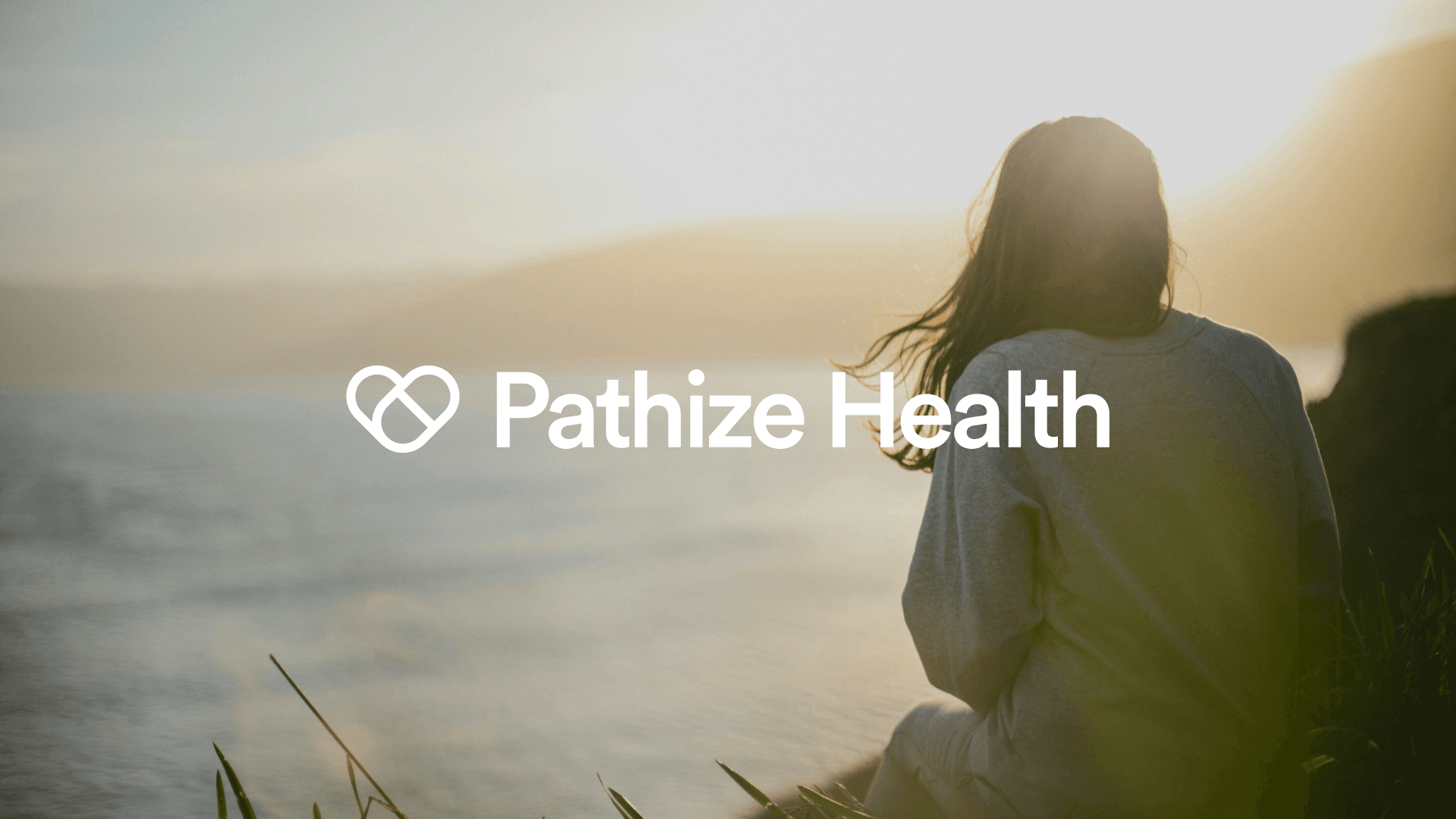How to List All Pages on a Website: Step-by-Step Guide
Redirects, especially when misconfigured, can harm user experience and dilute SEO efforts.
Finding all pages on a website is essential for managing content and improving SEO. You can easily list all pages by using various methods, including command-line tools, Google search, and sitemap analysis. These techniques enable you to see the complete structure of your site, which can help identify issues like broken links or duplicate content.
Atla* understands that maintaining an organized website is crucial for your brand's online presence. By using our expertise in web design and strategy, you can ensure that every page reflects your brand's core values and connects with your audience effectively. By diving into market insights and consumer lifestyles, we help you create a website that stands out.
Utilizing the right tools and strategies not only simplifies your content management but also enhances your website's performance. Whether you’re looking to improve user experience or optimize for search engines, knowing how to list all your pages is a vital first step.
Understanding Website Structure
A clear understanding of website structure is crucial for efficiently listing all pages. Key concepts include the sitemap's role and the significance of the robots.txt file, along with the benefits of utilizing Content Management Systems (CMS).
Defining Sitemap and Site Structure
A sitemap serves as a blueprint for your website, outlining the pages and their relationships. It usually comes in two forms: HTML sitemaps for users and XML sitemaps for search engines. The XML version, typically named sitemap.xml, helps search engines crawl and index your site accurately.
A well-structured site improves user navigation and enhances SEO. You should categorize pages logically, creating a hierarchy that guides visitors. This can involve grouping related content under main headings, making it easier for both users and search engines to find information.
Importance of Robots.txt File
The robots.txt file is essential for managing how search engines interact with your website. This file sits in the root directory and provides directives to web crawlers regarding which pages to index and which to ignore. Proper use of this file can help prevent sensitive information from being crawled and indexed, thereby protecting your privacy.
By specifying which folders or sections should not be accessed, you can control the flow of traffic to your site. Misconfigurations in this file could result in important pages being overlooked by search engines or crawlers accessing parts of the site that should remain hidden.
Utilizing Content Management Systems
A Content Management System (CMS) like Atla* offers tools to manage your website structure effectively. Most CMS platforms provide built-in features such as automatic sitemap generation and easy access to edit robots.txt, simplifying the process of maintaining your site.
With a CMS, you can easily create, edit, and organize pages without requiring extensive coding knowledge. This flexibility allows you to focus on your core content while ensuring that the website structure remains intact and user-friendly. Utilizing a CMS enhances your ability to grow and adapt your website’s structure over time efficiently.
SEO Fundamentals
Understanding the foundational aspects of SEO is essential for enhancing your website's visibility. Key elements such as on-page SEO and effective internal linking play significant roles in driving organic traffic and improving search engine rankings.
How SEO Affects Visibility
SEO directly impacts how search engines rank your website. Proper SEO optimization ensures that your pages are indexed and ranked effectively, making them more visible to potential visitors.
Factors like keyword usage, meta tags, and content quality are crucial. Search engines use these elements to understand and categorize your site. Higher visibility leads to increased traffic, ultimately enhancing opportunities for conversions. Effective SEO not only brings your website to the forefront but also establishes credibility with visitors.
On-Page SEO and Content Optimization
On-page SEO focuses on optimizing individual pages to rank higher. This includes title tags, headers, and content structure, which are all vital for search engines. By utilizing relevant keywords and incorporating them in strategic locations such as anchor text, you enhance your chances of ranking higher.
Content should be informative and valuable to engage users effectively. Ensure that your media, whether images or videos, is optimized, as this contributes to faster loading times and better user experience. High-quality content not only satisfies search engine algorithms but also resonates with your audience, encouraging users to spend more time on your pages.
The Role of Internal Linking
Internal links connect different pages within your website, guiding visitors and search engines through your content. They help distribute page authority across your site, influencing PageRank. By using descriptive anchor text, you provide context to users and search engines about the linked content.
Effective internal linking enhances user navigation and keeps visitors engaged longer. It also helps search engines crawl your site more efficiently, making it easier to discover all your pages. A well-structured internal linking strategy can significantly boost your website's overall SEO performance, making it a crucial aspect of your optimization efforts.
Advanced Techniques for Listing Pages
Exploring advanced techniques can significantly enhance your ability to list all pages on a website. Utilizing specific tools and methods will provide you with deeper insights and more comprehensive results.
Leveraging Google Search Operators
Google search operators allow you to refine your search and discover indexed pages on a site efficiently. The command site:yourwebsite.com will show all indexed URLs for your domain. Experiment with additional operators like inurl: for specific URL patterns or intitle: for keywords in page titles.
You can combine these for greater specificity. For example, searching site:yourwebsite.com inurl:blog will list all blog pages. This technique is valuable for quick checks of your content and identifying gaps or issues in page indexing.
Exploring SEO Spider Tools
Using SEO spider tools is a powerful method for generating an exhaustive list of all pages on a website. Tools such as Screaming Frog allow you to crawl your website and extract various elements, including page titles, meta descriptions, and more.
Setting up a crawl is straightforward; simply enter your website URL, and the tool will provide a structured report. This includes broken links, duplicate content, and other critical insights that can improve your SEO performance.
Regularly utilizing these tools helps maintain your website's health and ensures that all pages are accounted for and optimized.
Analyzing Server Logs for Insights
Server logs provide a raw and insightful view of how crawlers, including search engines, interact with your website. These logs contain records of every request made to your server, showing which pages are crawled and how often.
By analyzing these logs, you can identify patterns in bot activity and find pages that may not be indexed otherwise. Look for entries associated with specific bots or tools and make note of pages that receive little to no traffic.
This method not only helps in listing all pages but also informs your strategy for optimizing content and improving site architecture.
Using Analytics and Webmaster Tools
Analytics and webmaster tools are essential for identifying all the pages on a website. They provide valuable insights into user interactions and the overall performance of your site. Understanding these tools enhances your ability to optimize and manage your web pages effectively.
Google Analytics as an Insightful Resource
Google Analytics offers a detailed view of user behavior on your site. By logging into your account, navigate to Behavior > Site Content > All Pages. This section displays metrics such as page views, average time on page, and bounce rate, which are crucial for evaluating SEO performance.
You can identify high-performing pages and those needing improvement. Pages with high bounce rates may be orphan pages, indicating poor user experience. This data allows you to refine your content strategy, ensuring that you provide valuable information that engages your audience.
Maximizing Benefits of Google Search Console
Google Search Console is invaluable for monitoring your website's presence on Google. It helps you track indexing issues, allowing for quick resolution to enhance SEO metrics. Use the Coverage report to identify which pages are indexed and any that may have errors.
The Performance tab shows how your pages rank for various queries, helping you understand which content is most visible to users. This insight is essential for optimizing existing pages and creating new content tailored to user needs, enhancing both your visibility and user engagement.
Employing Bing Webmaster Tools
Bing Webmaster Tools serves a similar purpose for Bing's search engine. By verifying your site, you gain access to various reports related to SEO performance. You can check which pages are indexed, monitor submission statuses, and identify potential issues that could affect visibility.
Utilize the Site Explorer to see all indexed pages along with backlinks, which aids in understanding your site's architecture. This tool helps you further optimize your pages by providing actionable insights into user interactions and search performance across different search engines.
Incorporating these analytics and tools is a step forward in enhancing your digital strategy, ensuring you maximize the potential of your online presence.
Common Challenges and Solutions
Listing all pages on a website can encounter several obstacles. Understanding the challenges related to orphan and hidden pages, redirects and duplicate content, as well as indexing issues and broken links is essential for an effective strategy. Below are key solutions to these common problems.
Handling Orphan and Hidden Pages
Orphan pages are those that lack internal links pointing to them, making them difficult for both users and search engines to discover. To address this, conducting a comprehensive site audit can identify these pages. Use tools to visualize the website structure and pinpoint orphan pages.
Hidden pages may have a "noindex" directive in their meta tags, preventing them from appearing in search results. Evaluate your site's visibility settings and ensure that important pages are indexable. Create internal links to orphan and hidden pages, enhancing their visibility and ensuring search engines can crawl them effectively.
Addressing Redirects and Duplicate Content
Redirects, especially when misconfigured, can harm user experience and dilute SEO efforts. Implementing a clear redirect strategy is crucial. Use 301 redirects for permanent changes to direct users and search engines seamlessly. Regularly audit your website for unnecessary redirects to optimize crawl budgets.
Duplicate content can lead to confusion, impacting indexing and search rankings. Utilize canonical tags to indicate preferred versions of pages. Regularly check for content duplication through tools that analyze your site and address duplicates proactively. This promotes a cleaner, more efficient site structure.
Resolving Indexing Issues and Broken Links
Indexing issues arise when search engines have trouble accessing and indexing specific pages. Use Google Search Console to monitor indexing status and submit sitemaps for better visibility. Ensure that essential pages are not blocked by robots.txt files, which can prevent crawlers from accessing them.
Broken links impede user experience and can negatively affect SEO. Utilize link-checking tools to identify and repair broken links promptly. Regular site maintenance, including audits to remove or replace broken links, is vital. This ensures smooth navigation for users and better crawl efficiency for search engines.
Employing these strategies can significantly enhance the clarity and accessibility of your website's content. Consider partnering with Atla* for brand strategy and design services, where we combine creativity with strategy to build brands that resonate with your audience.





















